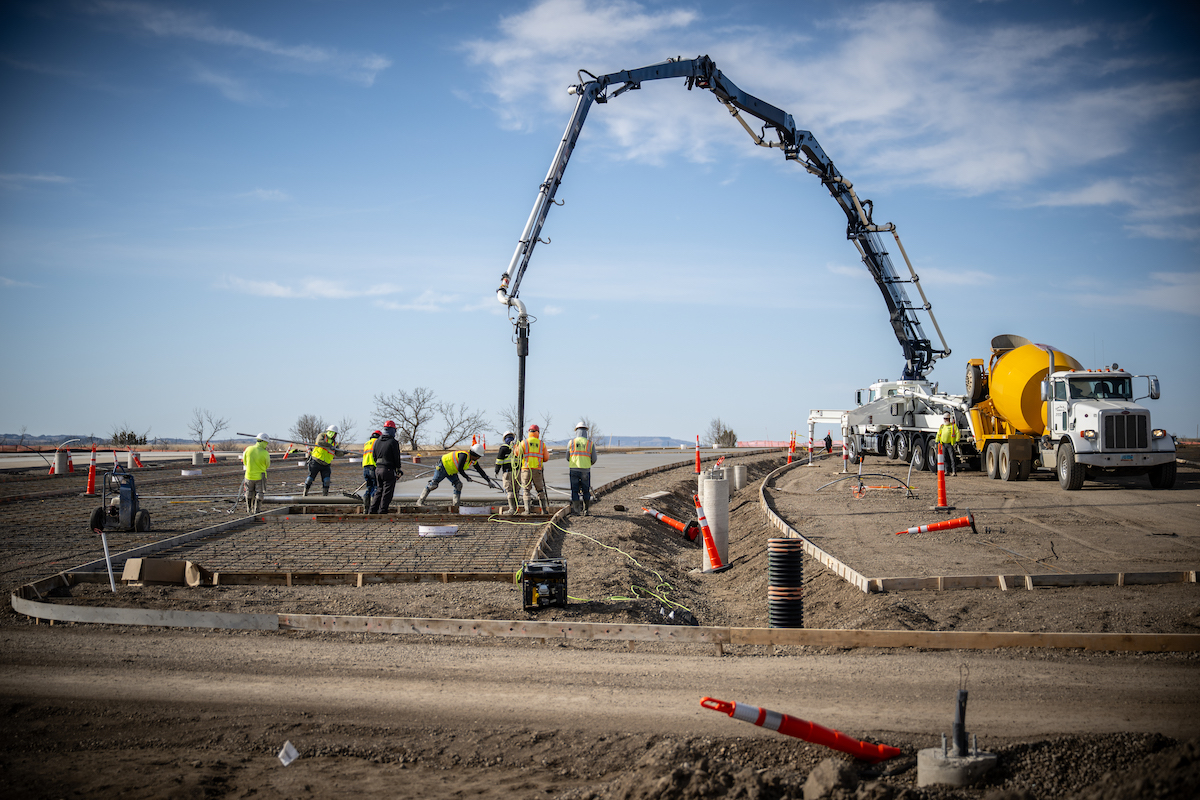America’s Transportation Awards Competition Top 12 Projects Vying for Two Awards

Sponsored by the American Association of State Highway and Transportation Officials (AASHTO), AAA and the U.S. Chamber of Commerce, the competition evaluates projects in three categories: Quality of Life/Community Development, Best Use of Technology & Innovation and Operations Excellence. The projects are also divided into three sizes: small (less than $25 million), medium ($25 million to $200 million) and large (more than $200 million).
The 12th America’s Transportation Awards competition attracted 81 project nominations from 39 state DOTs this year. The three highest-scoring projects from each of four regional contests earned a place in the Top 12 national finals, competing for the national Grand Prize and the People’s Choice Award. Both prizes come with $10,000 cash awards.
“These final projects are just a small sampling of the many ways in which state DOTs are making communities safer and supporting economic development,” said Jim Tymon, AASHTO Executive Director. “Whether deploying innovations to save time and money or exploring strategies to move more people and goods, state DOTs are delivering projects and programs that create a more efficient transportation system for the movement of goods and services.”
An independent panel of transportation industry experts will select the Grand Prize winner, while the general public will decide the People’s Choice Award winner through online voting. Online votes will be weighted to each state’s population, allowing for greater competition between states with larger and smaller populations.
The winning transportation project in Western Builder’s area is:
Wisconsin Department of Transportation – Zoo Interchange Core and Adjacent Arterials – Best Use of Technology & Innovation, Large Category
Originally completed in 1963, the interchange that connected visitors to the Milwaukee Zoo and people to the Regional Medical Center suffered from serious deterioration. The 56-year-old bridge could no longer safely accommodate the 350,000 vehicles crossing per day and its outdated design featured left- and right-hand entrance and exit ramps spaced too close together, contributing to crash rates between two and five times higher than the statewide average. The $986-million Zoo Interchange Core and Adjacent Arterial project used a variety of solutions and designs, including efforts to alleviate merging and weaving from the main thoroughfares via 3D modeling in the Zoo Interchange design. With the design approaches, the department minimized the construction impact on neighborhoods, while prioritizing safety and efficiency — ultimately improving access and increasing traffic flow across the bridge.




































































